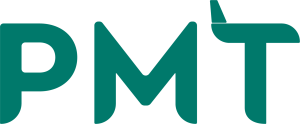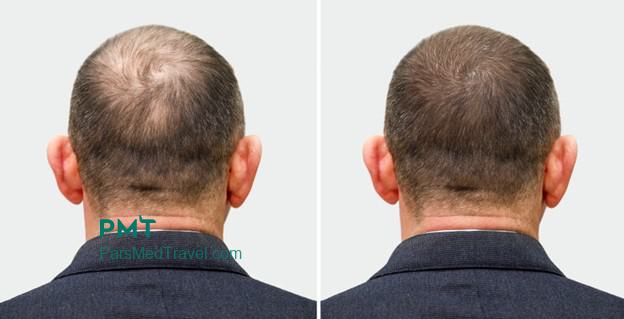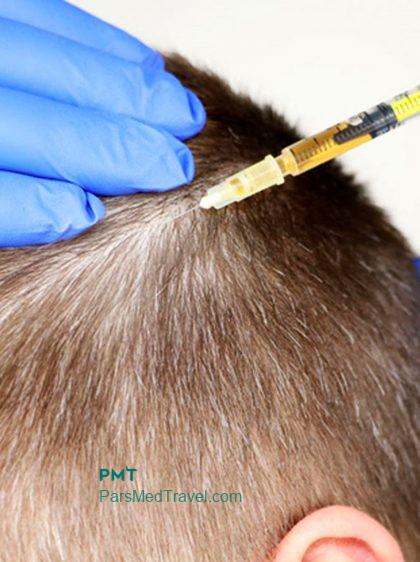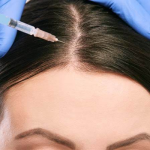PRP hair the most effective treatments for hair loss
Hair PRP means platelet-enriched plasma and is one of the most effective treatments for hair loss . This method is completely natural because by separating the components of the person’s own blood and injecting plasma, it stimulates and collagenizes the damaged parts.
In performing PRP, a blood sample is first taken from the person in the required amount. Then, using kits containing separating gel and a centrifuge, the platelets are separated and ready for injection. You can use the expertise of Iranian doctors and perform this new method for your hair loss in the best conditions. Please visit Pars Med Travel for more information on this topic.
What is PRP hair?
PRP, short for Platelet-Rich Plasma, is a non-surgical hair restoration treatment that uses your own blood to stimulate hair growth, unlike hair transplants. While this procedure has gained popularity in recent years, it’s important to weigh the pros and cons before deciding whether it’s right for you. PRP (platelet-rich plasma) hair treatment is a It is a non-surgical method that involves injecting the patient’s own blood platelets into the scalp to promote hair growth and thickening. Platelets contain growth factors that can stimulate cell growth and regeneration, and injecting these growth factors into the scalp can stimulate hair follicles and promote new hair growth.
Steps to perform PRP hair (PRP)
To treat hair loss in this way, the following steps are usually followed:
- Blood collection: The first step in PRP hair treatment is to collect a small amount of blood from the patient’s arm, which is usually around 10-30 ml. The blood is then processed in a centrifuge, which spins the blood at high speed to separate the plasma, red blood cells, and white blood cells.
- Plasma separation: After spinning the blood in a centrifuge, the platelet-rich plasma is separated from the other components. This platelet-rich plasma (PRP) is then collected in a syringe for injection into the scalp.
- Scalp preparation: Before PRP injection, the scalp is prepared by cleaning the site with an antiseptic solution to minimize the risk of infection. In some cases, a local anesthetic may be used to minimize any pain or discomfort during the injection.
- PRP injection: After the scalp is prepared, PRP is injected into the areas of the scalp where hair loss or thinning occurs. The injection is usually done using a microneedling device that makes small holes in the skin to allow the PRP to penetrate the hair follicles.
- Post-treatment care: After PRP injection, the patient may experience some discomfort or swelling in the treatment area. Ice packs or pain relievers may be recommended to control any pain or discomfort. Patients are usually advised not to wash their hair for the first 24 hours after treatment and to avoid using harsh hair products or heat styling tools for several days.
–
It is important to note that the exact PRP hair treatment protocol may vary depending on the health care provider and the individual needs of the patient. Some providers may recommend a series of PRP injections over several weeks or months for maximum effectiveness. Patients should consult with their healthcare provider to determine the best approach for their individual situation. Please check Pars Med Travel for more information on this topic.
Benefits of hair loss treatment with PRP
There are several potential benefits associated with PRP hair loss treatment. Some of the advantages of this method are:
- Non-surgical: PRP hair treatment is a non-surgical method that involves minimal downtime and discomfort. This makes it a more convenient and accessible option for those who are not interested in undergoing invasive surgical procedures.
- Safe: Since the patient’s own blood platelets are used in PRP hair treatment,
the risk of adverse reactions or complications is very low. This procedure is generally considered safe and tolerable. - Effective: While results can vary from person to person, many patients report a significant improvement in hair thickness, density,
and overall appearance after PRP hair treatment. This is because the growth factors in platelets can stimulate hair follicles and promote new hair growth. - Low risk of side effects: Compared to other hair restoration treatments,
PRP hair treatment has a low risk of side effects or complications.
Some patients may experience mild discomfort or swelling at the injection site,
but this usually subsides within a day or two.
Side effects of PRP hair
PRP hair loss treatment is generally considered safe with few side effects. However, as with any medical treatment, there are some potential risks and side effects to be aware of, including:
- Pain or discomfort: Some patients may experience pain or discomfort at the injection site during the procedure. This is usually mild and can be controlled with over-the-counter pain relievers.
- Infection: There is a small risk of infection at the injection site. It is important to follow the aftercare instructions provided by your healthcare provider to reduce the risk of infection.
- Allergic reaction: There is a small risk of an allergic reaction to the injection,
especially if you have a history of allergic reactions to blood products. - Bruising: Usually, some bruising is observed at the injection site, which resolves on its own within a few days.
- Swelling: Some patients may experience swelling at the injection site, which should resolve on its own within a few days.
(AR103)
